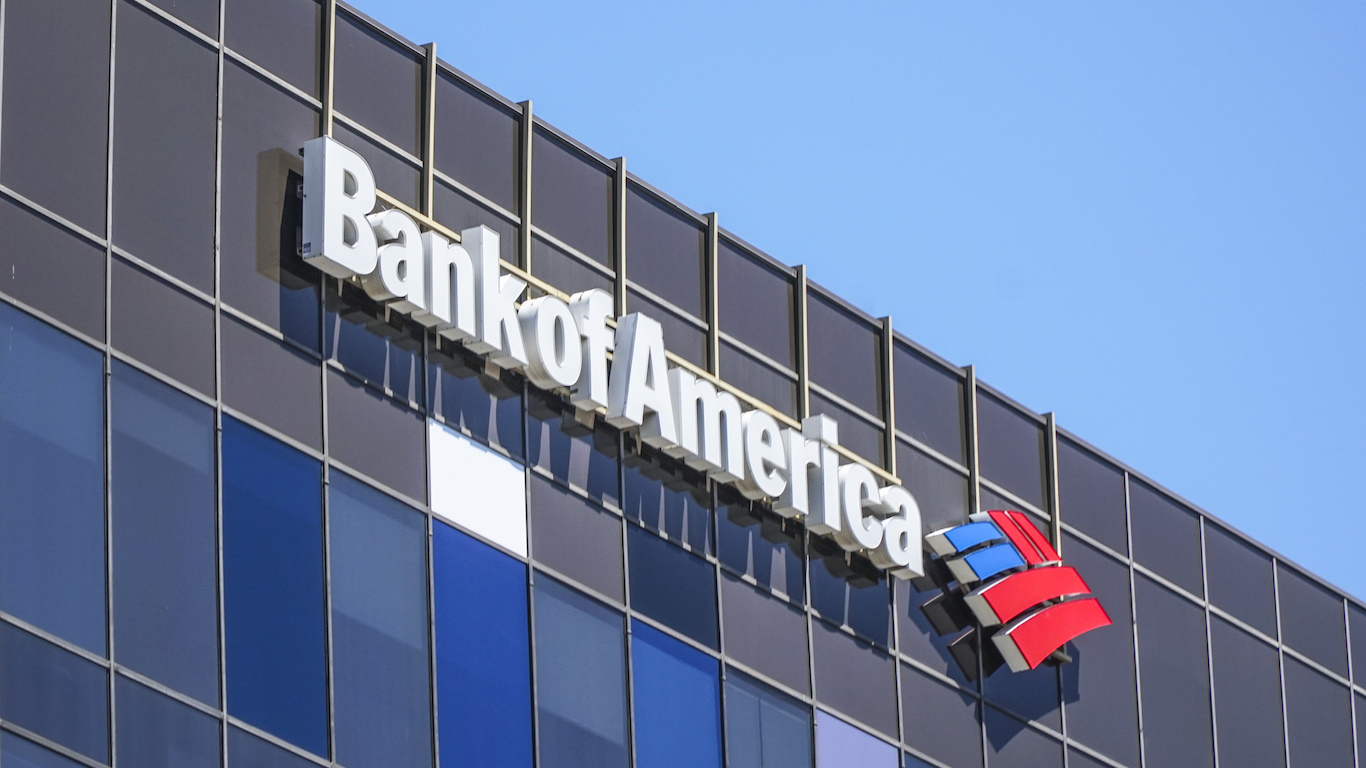
Earnings season rolled along Wednesday, following the closely watched earnings report from Netflix that carried the company’s stock to a new 52-week high earlier in the morning. After markets close Wednesday, United Airlines and energy infrastructure giant Kinder Morgan are scheduled to report results. Thursday morning brings reports from hydrogen fuel cell maker FuelCell Energy and oilfield services firm Baker Hughes.
Two tech giants, both Dow 30 components, are scheduled to report after markets close on Thursday. The larger (by market cap) of the two is Intel Corp. (NASDAQ: INTC). The company last week announced that Pat Gelsinger will take over next month as chief executive officer. The announcement lit a fire under the stock. Intel was in such bad shape that it made our list of 2020’s worst-run companies. Intel’s share price dropped by 17% last year, while the benchmark SOXX semiconductor index added more than 50%.
Since the Gelsinger announcement, the stock has added about 15% to post a year-to-date gain of more than 18%. When the company reports results Thursday, analysts expect $1.10 in earnings per share for the quarter and $4.90 for the full fiscal year. Revenue is expected to reach $17.5 billion for the fourth quarter and $75.4 billion for the full year. At Tuesday’s closing price of $57.99, the stock trades at around 12 times expected 2020 earnings and 13 times expected 2021 earnings. Intel pays an annual dividend of $1.32 (yield of 2.28%).
International Business Machines Corp. (NYSE: IBM), the other Dow stock reporting after markets close Thursday, had another tough year in 2020. The stock declined by just 1.2% over the course of the year, and since announcing in October the spin-off of its IT services group, shares have added only about $5. What the company surely hoped would bolster its share price couldn’t offset the other problems Big Blue faces.
For the year to date, IBM stock has added about 3.5% to trade at around $130 a share. Analysts are looking for quarterly EPS of $1.79, a drop of 62% compared with the fourth quarter of 2029. Full-year EPS is projected at $8.43, down 34% from $12.81 last year. Fourth-quarter revenue is expected to drop by 5.1% to $20.67 billion and full-year sales are forecast to slide by 4.1% to nearly $74 billion. The stock trades at a multiple of 15.3 to expected 2020 earnings and 11.4 to expected 2021 earnings. IBM’s saving grace is its dividend yield of more than 5%.
CSX Corp. (NYSE: CSX) also is scheduled to report earnings after markets close Thursday. With a market cap of around $71 billion, CSX is the nation’s third-largest railroad. Rail traffic overall fell by more than 7% last year, led by a 25% decline in coal shipments and a 19% drop in motor vehicle and parts shipments. As the U.S. economy recovers from the COVID-19 pandemic, demand for rail transportation is expected to pick up. For the first week of the new year, total U.S. traffic rose nearly 5% and intermodal (container) traffic rose by more than 10% year over year.
After bottoming out in late March, CSX shares closed the year with a gain of just over 27%. The stock has added another 2.6% since the beginning of the year. For the fourth quarter, analysts are expecting the company to report EPS of $1.01, up by two cents year over year, along with full-year EPS of $3.61, down 23% from $4.71 in 2019. Quarterly revenues are tabbed at $2.77 billion, down 3.9% year over year, while full-year revenue is expected to total $10.53 billion, down nearly 12%. CSX pays a quarterly dividend of $1.04 (yield of 1.12%).
On Friday morning, oilfield services giant Schlumberger Ltd. (NYSE: SLB) will report fourth-quarter and full-year results. Perhaps more important than the actual numbers will be the company’s outlook for 2021. Rival Halliburton reported earnings on Tuesday that were better than expected for the quarter, but lower compared to 2019. Shares traded down by about 1% on the day, a result based on Halliburton’s outlook for the coming year. Schlumberger’s outlook will be equally important to investors. Oil prices are expected to improve this year and investors could drive oil-related stocks higher for no other reason than fear of missing out (FOMO).
Over the course of last year, Schlumberger shares dropped nearly 44%, more than twice as much as the decline in Halliburton shares. So far in 2021, however, Schlumberger has added more than 15% while Halliburton has added about a third as much. Analysts expect Schlumberger to report quarterly EPS of $0.17, down by more than 55% year over year, and annual EPS of $0.64, a decline of 56%. Revenue for the quarter is forecast at $5.25 billion (down 36%) and for the full year at $23.34 billion (down 29%). Schlumberger shares trade at nearly 39 times expected 2020 EPS and 29 times expected 2021 earnings. That’s mighty rich.
100 Million Americans Are Missing This Crucial Retirement Tool
The thought of burdening your family with a financial disaster is most Americans’ nightmare. However, recent studies show that over 100 million Americans still don’t have proper life insurance in the event they pass away.
Life insurance can bring peace of mind – ensuring your loved ones are safeguarded against unforeseen expenses and debts. With premiums often lower than expected and a variety of plans tailored to different life stages and health conditions, securing a policy is more accessible than ever.
A quick, no-obligation quote can provide valuable insight into what’s available and what might best suit your family’s needs. Life insurance is a simple step you can take today to help secure peace of mind for your loved ones tomorrow.
Click here to learn how to get a quote in just a few minutes.
Thank you for reading! Have some feedback for us?
Contact the 24/7 Wall St. editorial team.

 24/7 Wall St.
24/7 Wall St.



